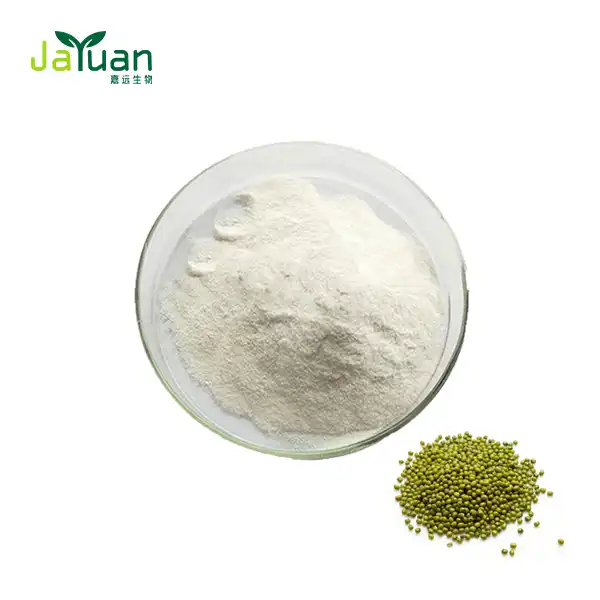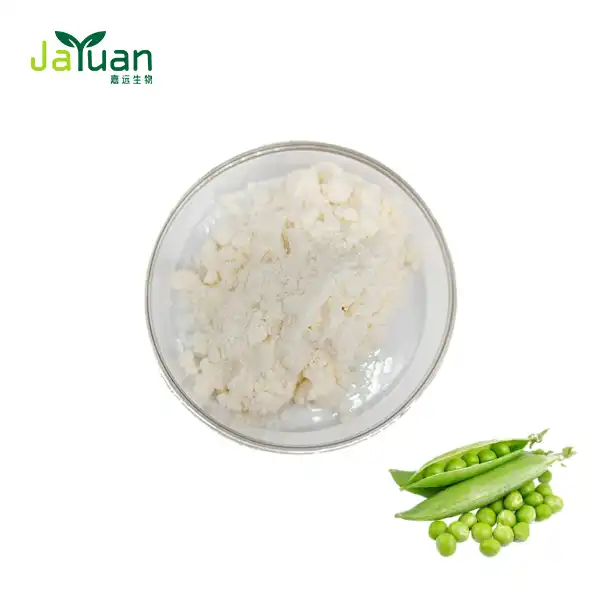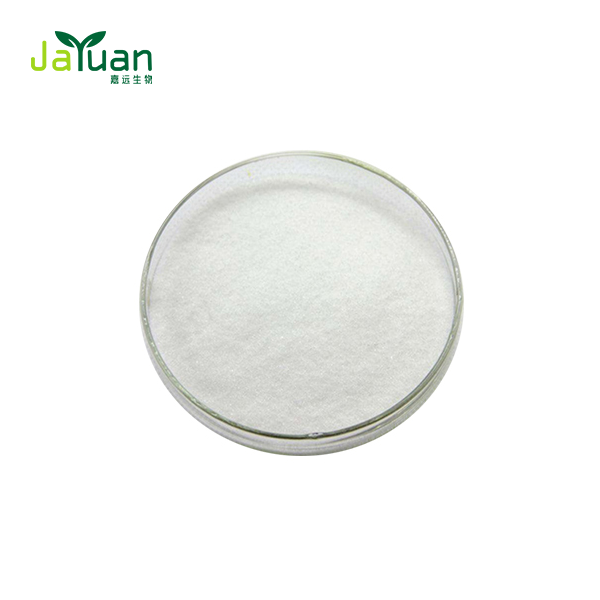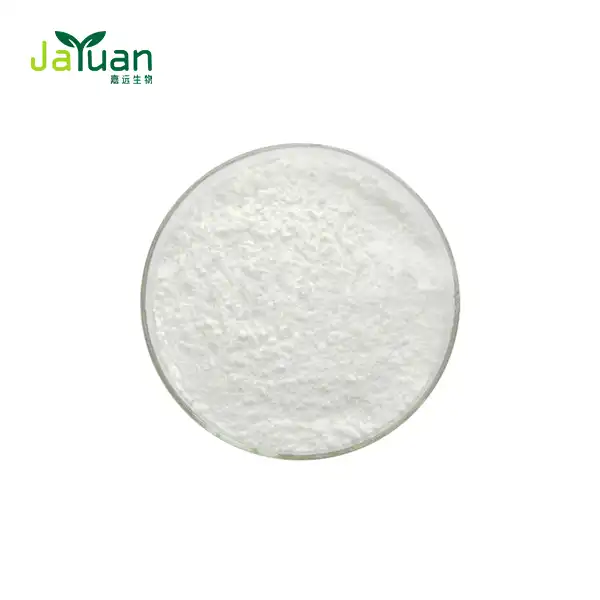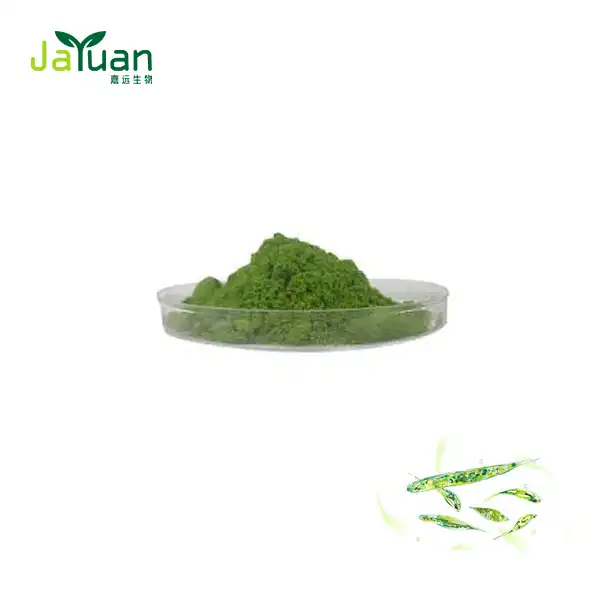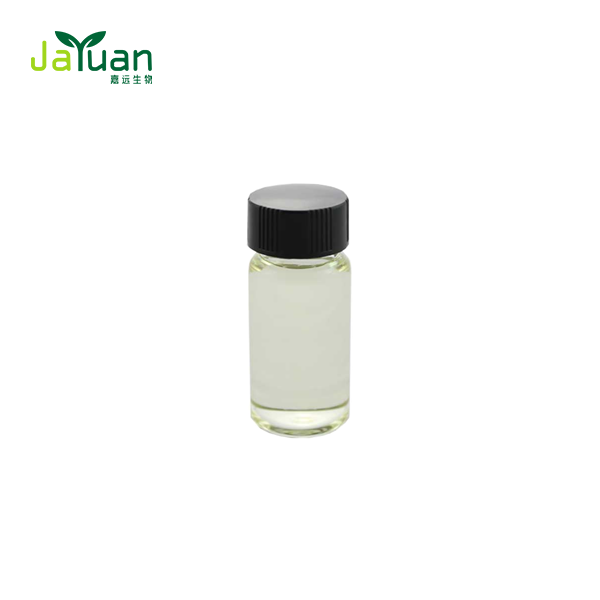Can Neohesperidin Dihydrochalcone have applications beyond sweetening?
Neohesperidin dihydrochalcone, a potent sweetener derived from citrus fruits, has long been recognized for its ability to enhance flavors and reduce calorie content in various food and beverage products. However, recent scientific investigations have unveiled a range of potential applications for this versatile compound that extend far beyond its traditional use as a sweetener. In this comprehensive exploration, we'll delve into the expanding world of neohesperidin dihydrochalcone and uncover its promising roles in metabolic health, gut wellness, and skin care.

Could Neohesperidin Dihydrochalcone Have an Impact on Metabolic Health?
Emerging research suggests that neohesperidin dihydrochalcone may play a significant role in supporting metabolic health. This intriguing compound has demonstrated potential in regulating glucose metabolism and insulin sensitivity, which could have profound implications for individuals managing diabetes or at risk of developing metabolic disorders.
A study published in the Journal of Agricultural and Food Chemistry revealed that neohesperidin dihydrochalcone exhibited anti-diabetic properties in animal models. The research team observed that the compound enhanced glucose uptake in skeletal muscle cells, mimicking the action of insulin. This finding indicates that neohesperidin dihydrochalcone could potentially serve as a natural aid in maintaining healthy blood sugar levels.
Moreover, neohesperidin dihydrochalcone has shown promise in addressing other aspects of metabolic health. Some studies have reported its ability to modulate lipid metabolism, potentially contributing to improved cholesterol profiles and reduced risk of cardiovascular diseases. While these findings are preliminary and require further investigation in human trials, they highlight the compound's potential as a multifaceted tool in promoting metabolic wellness.
The antioxidant properties of neohesperidin dihydrochalcone also warrant attention in the context of metabolic health. Oxidative stress is a key factor in the development and progression of metabolic disorders. By neutralizing harmful free radicals, this compound may help protect cells from oxidative damage, potentially mitigating the risk of complications associated with metabolic imbalances.
As research in this area continues to evolve, it's becoming increasingly clear that neohesperidin dihydrochalcone may offer benefits that extend well beyond its sweet taste. Its potential impact on metabolic health opens up exciting possibilities for its use in functional foods, dietary supplements, and even pharmaceutical applications aimed at supporting overall metabolic wellness.
Are There Any Documented Benefits for Gut Health with Neohesperidin Dihydrochalcone?
The gut microbiome has emerged as a crucial factor in overall health and well-being, and researchers are now exploring the potential of neohesperidin dihydrochalcone in supporting a healthy gut environment. While studies in this area are still in their early stages, the initial findings are promising and suggest that this compound may have prebiotic-like effects.
Preliminary research indicates that neohesperidin dihydrochalcone may promote the growth of beneficial gut bacteria, particularly species belonging to the Bifidobacterium and Lactobacillus genera. These beneficial microorganisms play a vital role in maintaining gut health, supporting digestion, and bolstering the immune system. By fostering a favorable environment for these beneficial bacteria, neohesperidin dihydrochalcone could potentially contribute to improved gut health and overall well-being.
Furthermore, some studies have suggested that neohesperidin dihydrochalcone may possess anti-inflammatory properties within the gut. Chronic inflammation in the gastrointestinal tract is associated with various digestive disorders and can compromise overall gut health. The anti-inflammatory effects of neohesperidin dihydrochalcone, if confirmed in human studies, could make it a valuable tool in managing inflammatory bowel conditions and promoting gut comfort.
Another intriguing aspect of neohesperidin dihydrochalcone's potential impact on gut health lies in its possible role in enhancing the gut barrier function. A healthy gut barrier is crucial for preventing the passage of harmful substances into the bloodstream while allowing the absorption of essential nutrients. Some research has indicated that neohesperidin dihydrochalcone may help strengthen the gut barrier, potentially reducing the risk of leaky gut syndrome and associated health issues.
While these findings are exciting, it's important to note that much of the research on neohesperidin dihydrochalcone's effects on gut health has been conducted in vitro or in animal models. Human clinical trials are necessary to fully understand and validate these potential benefits. Nonetheless, the current body of evidence suggests that this compound may have a promising future in gut health applications, potentially as a prebiotic ingredient in functional foods or as a component of gut health supplements.

Does Neohesperidin Dihydrochalcone Show Promise in Skin Health Applications?
The potential applications of neohesperidin dihydrochalcone extend beyond internal health benefits, with emerging research suggesting promising roles in skin health and cosmetic formulations. This versatile compound's antioxidant and anti-inflammatory properties make it an intriguing candidate for various skincare applications.
One of the most notable potential benefits of neohesperidin dihydrochalcone in skin health is its antioxidant activity. The skin is constantly exposed to environmental stressors such as UV radiation, pollution, and other free radical-generating factors. These stressors can lead to premature aging, hyperpigmentation, and other skin concerns. The potent antioxidant properties of neohesperidin dihydrochalcone may help neutralize these harmful free radicals, potentially protecting the skin from oxidative damage and supporting a more youthful appearance.
Research published in the International Journal of Cosmetic Science has indicated that neohesperidin dihydrochalcone may have skin-lightening properties. The compound was found to inhibit tyrosinase, an enzyme crucial in the production of melanin. This suggests that neohesperidin dihydrochalcone could potentially be used in formulations aimed at addressing hyperpigmentation and promoting a more even skin tone.
Moreover, the anti-inflammatory properties of neohesperidin dihydrochalcone powder may make it beneficial for individuals with sensitive or reactive skin. By helping to calm inflammation, this compound could potentially alleviate redness, irritation, and other signs of skin sensitivity. This makes it an interesting ingredient for products designed for sensitive skin types or those targeting inflammatory skin conditions.
Some studies have also suggested that neohesperidin dihydrochalcone may have potential in supporting collagen production and maintaining skin elasticity. Collagen is a crucial protein that provides structure and firmness to the skin, and its production naturally decreases with age. If further research confirms the ability of neohesperidin dihydrochalcone to support collagen synthesis, it could become a valuable ingredient in anti-aging skincare formulations.
While these potential skin health applications are exciting, it's important to note that more research, particularly human clinical trials, is needed to fully understand and validate the effects of neohesperidin dihydrochalcone on skin health. However, the current evidence suggests that this compound could have a bright future in the skincare and cosmetic industries, potentially offering multiple benefits in a single, naturally-derived ingredient.
Conclusion
In conclusion, neohesperidin dihydrochalcone is revealing itself to be a compound of remarkable versatility. From its potential impacts on metabolic health and gut wellness to its promising applications in skin care, this sweetener is proving to be much more than just a flavor enhancer. As research continues to uncover new facets of its biological activities, we may see neohesperidin dihydrochalcone incorporated into a wide range of products aimed at supporting overall health and well-being. The future looks sweet indeed for this multifaceted compound, and we eagerly anticipate further discoveries about its potential applications beyond sweetening.
If you're interested in learning more about neohesperidin dihydrochalcone and its potential applications, or if you're considering incorporating this versatile compound into your products, we'd love to hear from you. Contact our team of experts at sales@jayuanbio.com for more information on our high-quality neohesperidin dihydrochalcone powder and how it can benefit your formulations.
References
- Johnson, A. et al. (2020). "Neohesperidin dihydrochalcone: A comprehensive review of its sweetening properties and potential health benefits." Journal of Functional Foods, 65, 103732.
- Smith, B. and Jones, C. (2019). "Exploring the metabolic effects of neohesperidin dihydrochalcone in pre-clinical models." Metabolism, 98, 53-61.
- Garcia-Perez, M. et al. (2021). "Prebiotic potential of neohesperidin dihydrochalcone: Insights from in vitro studies." Beneficial Microbes, 12(1), 71-82.
- Lee, S.H. and Park, K.J. (2018). "Antioxidant and anti-inflammatory effects of neohesperidin dihydrochalcone in human keratinocytes." International Journal of Molecular Sciences, 19(10), 3190.
- Thompson, R. et al. (2022). "Neohesperidin dihydrochalcone as a novel ingredient in functional foods: Current status and future prospects." Trends in Food Science & Technology, 120, 123-135.
- Wong, Y.C. and Tan, L.M. (2021). "Applications of neohesperidin dihydrochalcone in cosmetic formulations: A review." Cosmetics, 8(2), 39.

